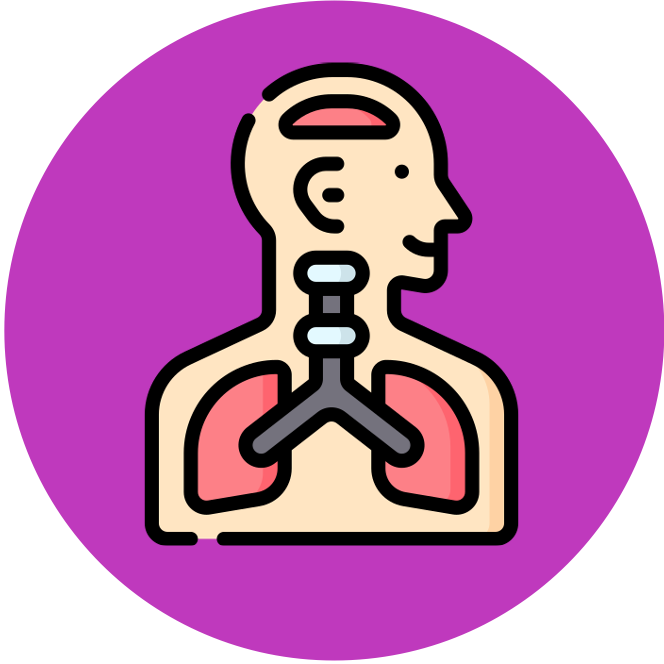

Joints
A joint describes the part of a body where two or more bones meet to allow for the potential for movement
-
Joints can be fibrous (very little movement), cartilagenous (semi-movable) or synovial (freely movable)
The most common type of joint is the synovial joint, which consists of three main components:
-
Joint capsule – Seals the joint space and provides stability by restricting the range of possible movements
-
Cartilage – Lines the bone surface to facilitate smoother movement, as well as absorbing shock and distributing load
-
Synovial fluid – Provides oxygen and nutrition to the cartilage, as well as lubrication (reduces friction)
There are different types of synovial joints that allow for different ranges of motion
-
The range of motion of a joint can be determined using a goniometer (an instrument that measures joint angles) or via digital image analysis (via computer programs or applications)
Types of Synovial Joints

Pivot
(vertebrae)

Hinge
(elbow)

Saddle
(thumb)

Ball & Socket
(hip)

Condyloid
(wrist)

Plane
(collarbone)
Hip Joint
The human hip is an example of a ball and socket joint that connects the femur (‘ball’) to the pelvis (‘socket’)
-
The two bones are connected to each other by ligaments and the interacting surfaces are lined with cartilage
-
Muscles connect the the bones via tendons and contract to facilitate movement (multiple motions are possible)
-
The joint is enclosed in a capsule containing synovial fluid, which lubricates the joint and reduces friction
The human hip is capable of a wide range of motions, including:
-
Flexion (decreasing the angle between bones) and extension (increasing the angle between bones)
-
Abduction (movement away from body midline) and adduction (movement towards the body midline)
-
Rotation (movement around a central axis) and circumduction (moving a limb in a circular motion)
Structure of a Hip Joint






